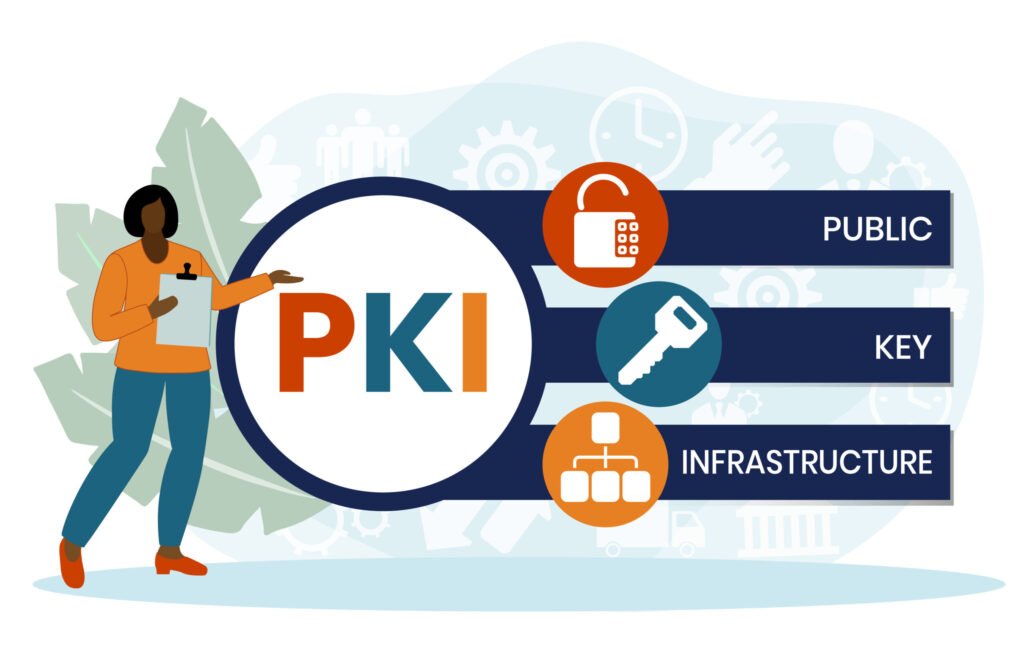Top 7 PKI Implementation Pitfalls — and How to Avoid Them

Public Key Infrastructure (PKI) is the backbone of modern digital trust. From securing websites and emails to authenticating devices and users, PKI enables encryption, digital signatures, and identity assurance across every layer of an organization’s technology stack.
However, implementing PKI is complex — and even small mistakes can create significant security, operational, and compliance risks. Below are the seven most common PKI implementation pitfalls and practical guidance to avoid them.
1. Poor Root Certificate Authority (CA) Security
The Root CA is the most trusted component of any PKI. If it’s compromised, every certificate issued under it becomes untrustworthy.
Avoid it: Keep the Root CA offline in a highly secured environment, use Hardware Security Modules (HSMs) for key protection, and enforce strict multi-person control over all root operations.
2. Lack of Certificate Lifecycle Management
Certificates have finite validity, and when they expire or are revoked without notice, systems fail. Downtime and service outages often occur when expired certificates go unnoticed.
Avoid it: Implement automated certificate lifecycle management tools that monitor issuance, renewal, and revocation. Schedule alerts before expiration dates.
3. Inadequate Policy and Documentation
Without clear policies, organizations lose track of key responsibilities, procedures, and compliance requirements.
Avoid it: Develop a comprehensive Certificate Policy (CP) and Certification Practice Statement (CPS) outlining how certificates are issued, validated, and managed. Regularly review them to ensure alignment with industry standards like WebTrust, CAB Forum, and NIST.
4. Weak Key Management Practices
Using the same cryptographic keys across systems or failing to rotate them regularly introduces major risks.
Avoid it: Follow NIST SP 800-57 guidelines. Generate keys using secure cryptographic modules, enforce strong algorithms (e.g., RSA-3072 or ECC P-384), and rotate keys periodically.
5. Misconfigured Certificate Revocation
If revocation mechanisms like CRLs (Certificate Revocation Lists) or OCSP (Online Certificate Status Protocol) are unreliable, revoked certificates may still be trusted.
Avoid it: Ensure redundancy for revocation servers, enable OCSP stapling, and test revocation responses regularly to maintain trust.
6. Overly Complex Hierarchies
Some organizations build unnecessarily deep CA hierarchies, making management difficult and increasing points of failure.
Avoid it: Keep PKI architecture as simple as possible while maintaining separation between Root, Issuing, and Policy CAs. Balance scalability with maintainability.
7. Neglecting Regular Audits and Monitoring
A “set it and forget it” approach is one of the biggest PKI mistakes. Without continuous monitoring, misconfigurations and security lapses can go undetected for months.
Avoid it: Conduct regular internal and third-party audits. Enable logging for all certificate activities and monitor for anomalies or unauthorized issuances.